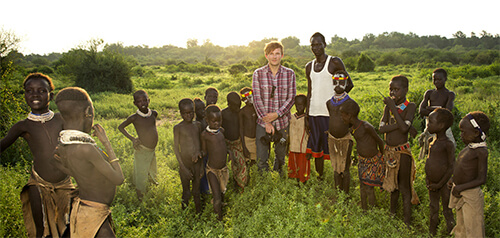Based in Copenhagen, Ken Hermann possesses a natural urge to explore photography and world alike. He has traveled extensively, from secluded regions of India and Ethiopia to modern metropolises like New York. From every location, no matter how small or large, Hermann draws energy and inspiration; exploration of people, culture, and life is a central facet to his work, which is full of texture, volume, and atmosphere. From these experiences, he applies a cosmpolitan aesthetic to his commercial and editorial work. He is the winner of Hasselblad Masters 2012 for his City Surfer work.
About Survivors:
The true face of a victim.
Every year people in Bangladesh are disfigured beyond recognition by acid attacks. The victims are literally scarred for life. Stigmatization follows, and rebuilding life and setting new goals for the future require both determination and strength. Most acid attacks are directed against women and children. Since 1999, more than 3,100 people in Bangladesh have been disfigured by acid. Thanks to the advocacy work done by the Dhaka-based NGO Acid Survivor Foundation only 71 cases was recorded last year – a reduction by almost 85% from just 10 years ago. The vast majority of victims are young women under the age of 35 who are mutilated by men they already know. Typically, attacks are motivated by suspicions of infidelity, rejection of marriage offers, demands for dowry, and disputes over land. One in four victims is a child.
SURVIVORS is a story about people, not victims.
Selected Books on

